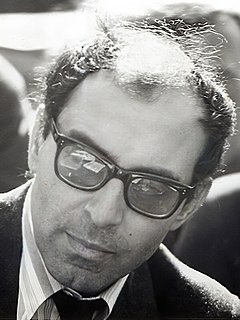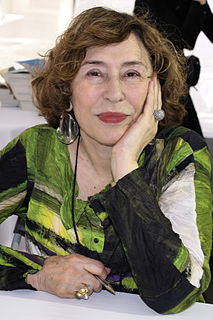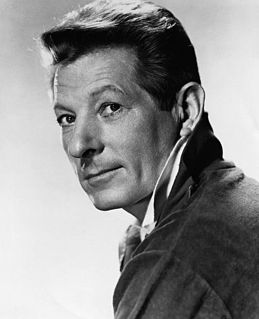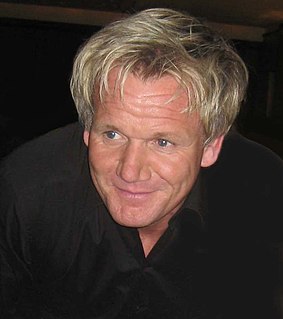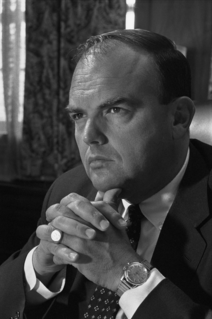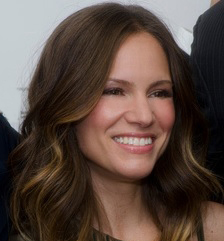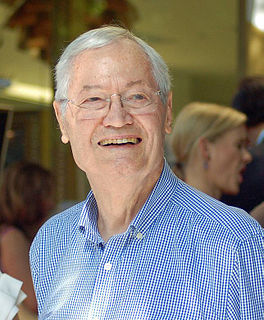A Quote by Jean-Luc Godard
We were for Mao, but when we saw the films he was making, they were bad. So we understood that there was necessarily something wrong with what he was saying.
Related Quotes
We wanted to not necessarily tell the story of the video or the song, but create an ambience. And I think now, I think that's gone now. There's nothing wrong with that. But I think we were all trying to make mini feature films. I remember when we were making the Duran videos, I would crop the top and bottom of the screen with black. So that it looked more like cinema.
Look, we understood we couldn't make it illegal to be young or poor or black in the United States, but we could criminalize their common pleasure. We understood that drugs were not the health problem we were making them out to be, but it was such a perfect issue for the Nixon White House that we couldn't resist it.
What I saw over all that time were so many deals disappearing and producers disappearing, fewer movies getting made, and it just being a bit more difficult. Working with Joel, we were in a bit of a bubble because he was always making things that were working for the studio and that kind of thing. We were always in production on something.
